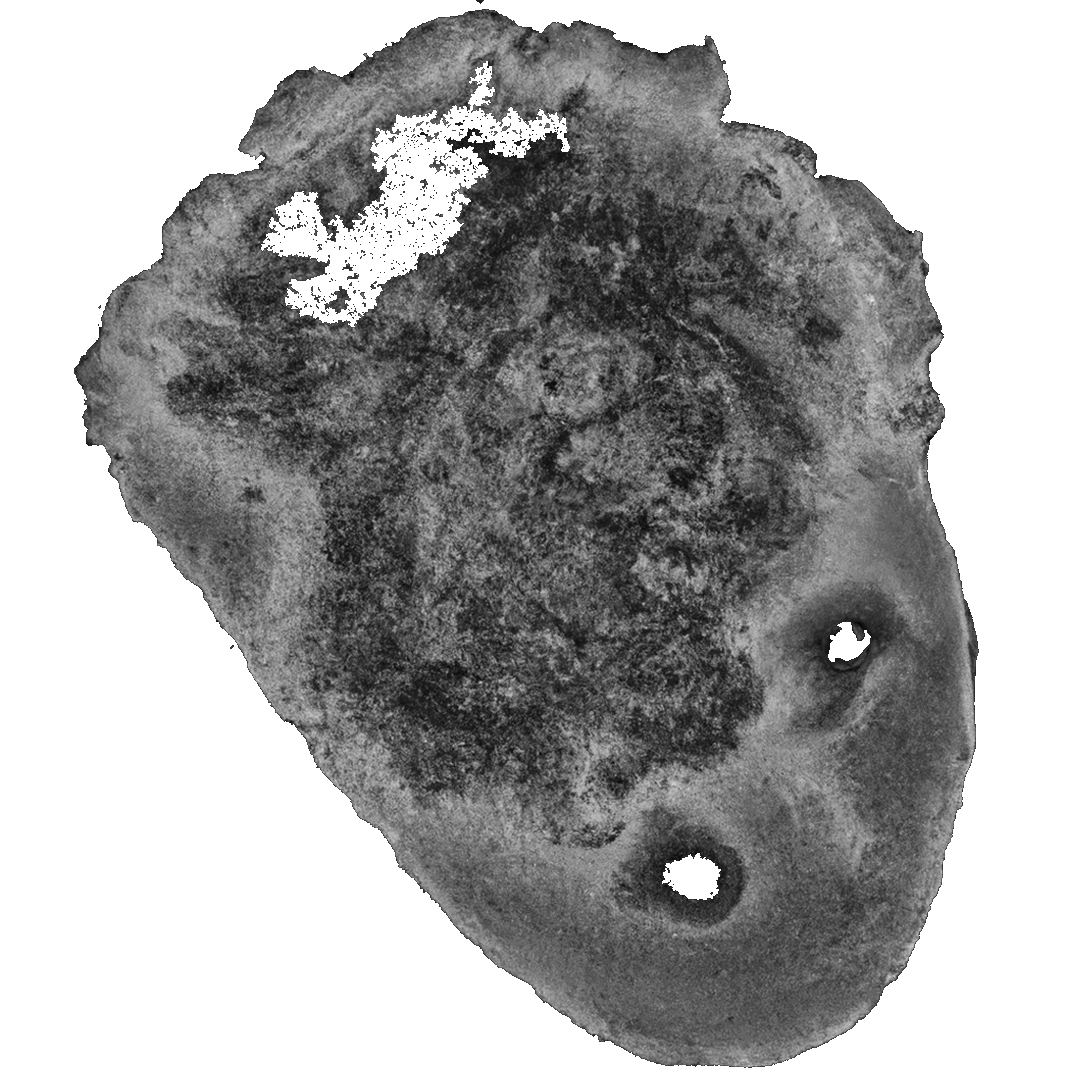
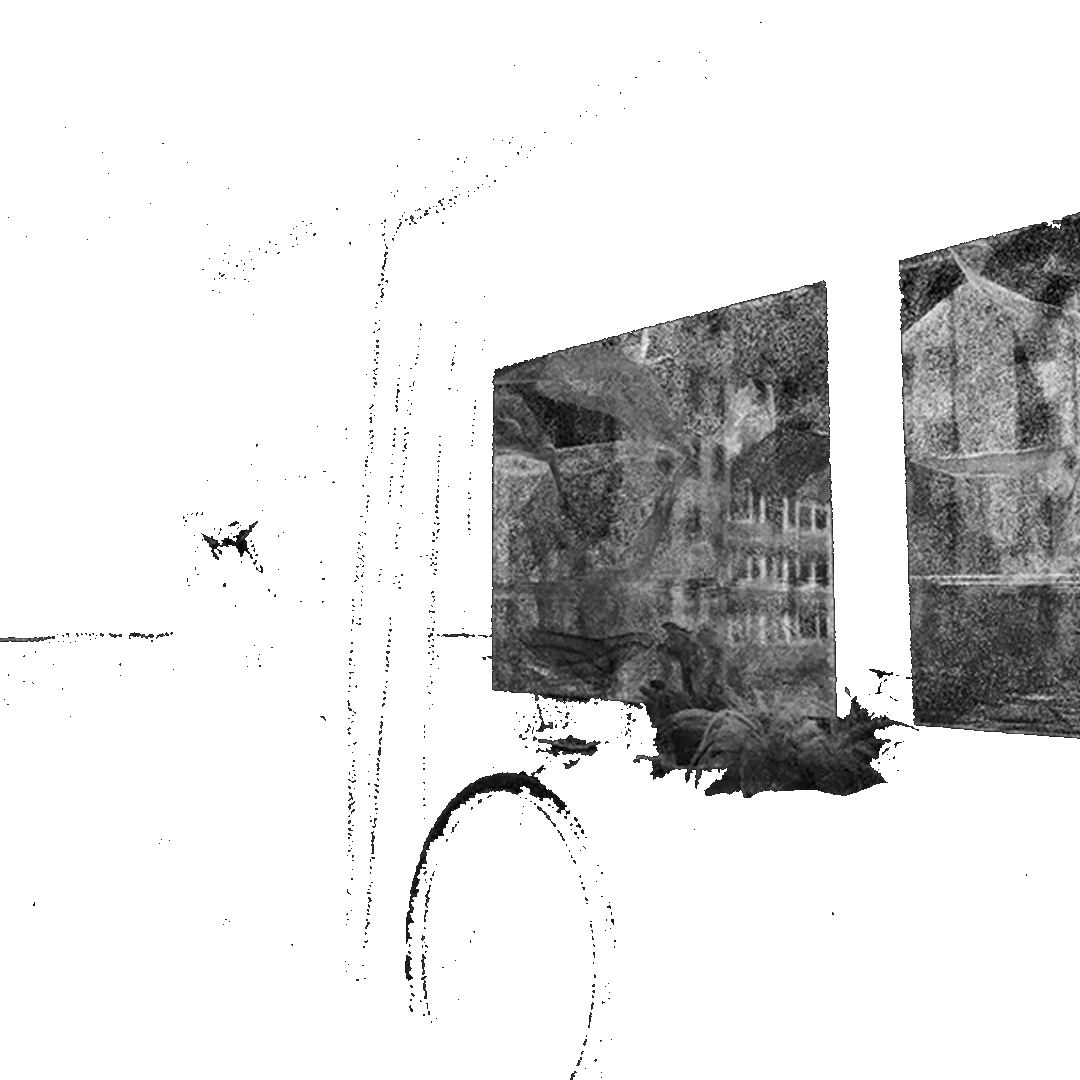

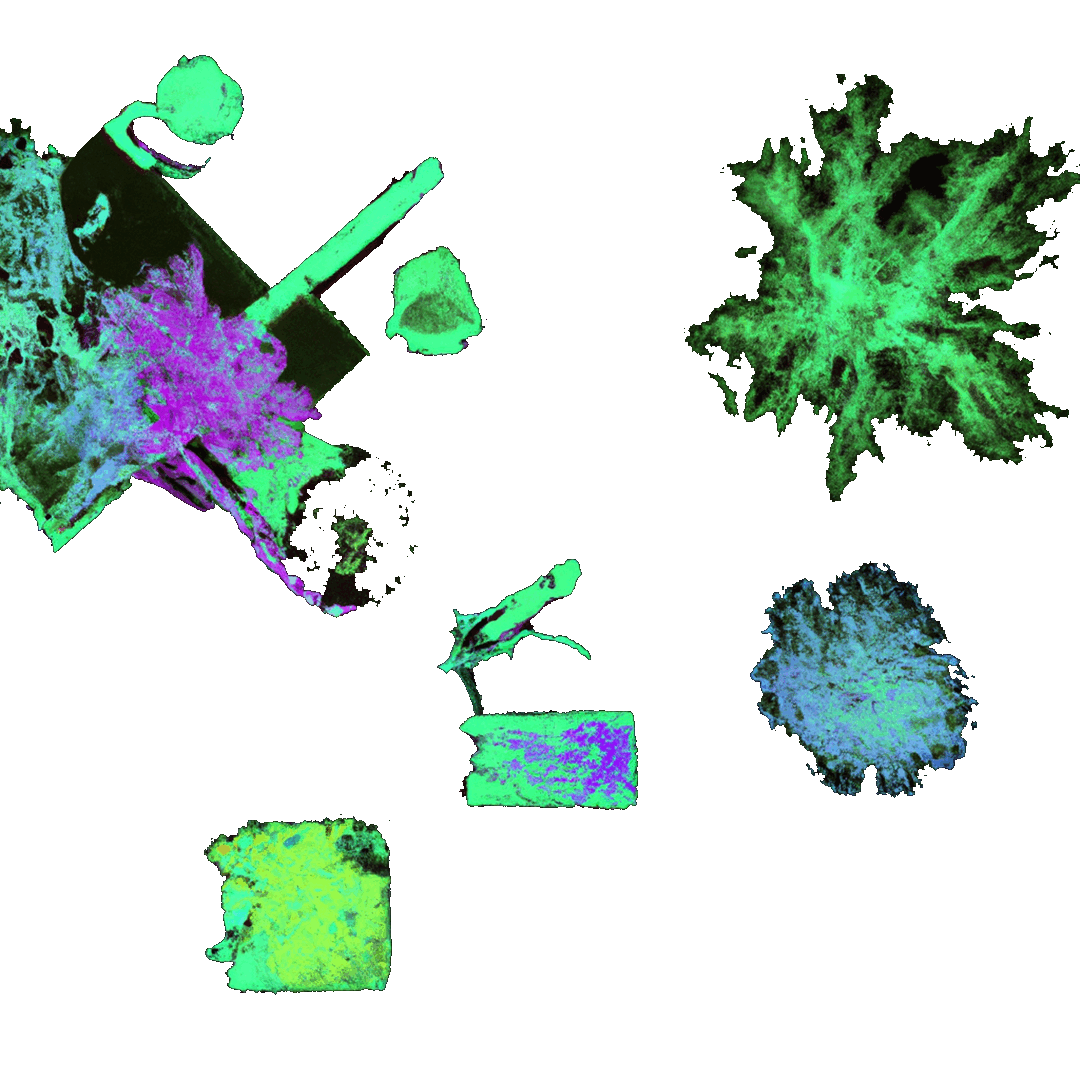
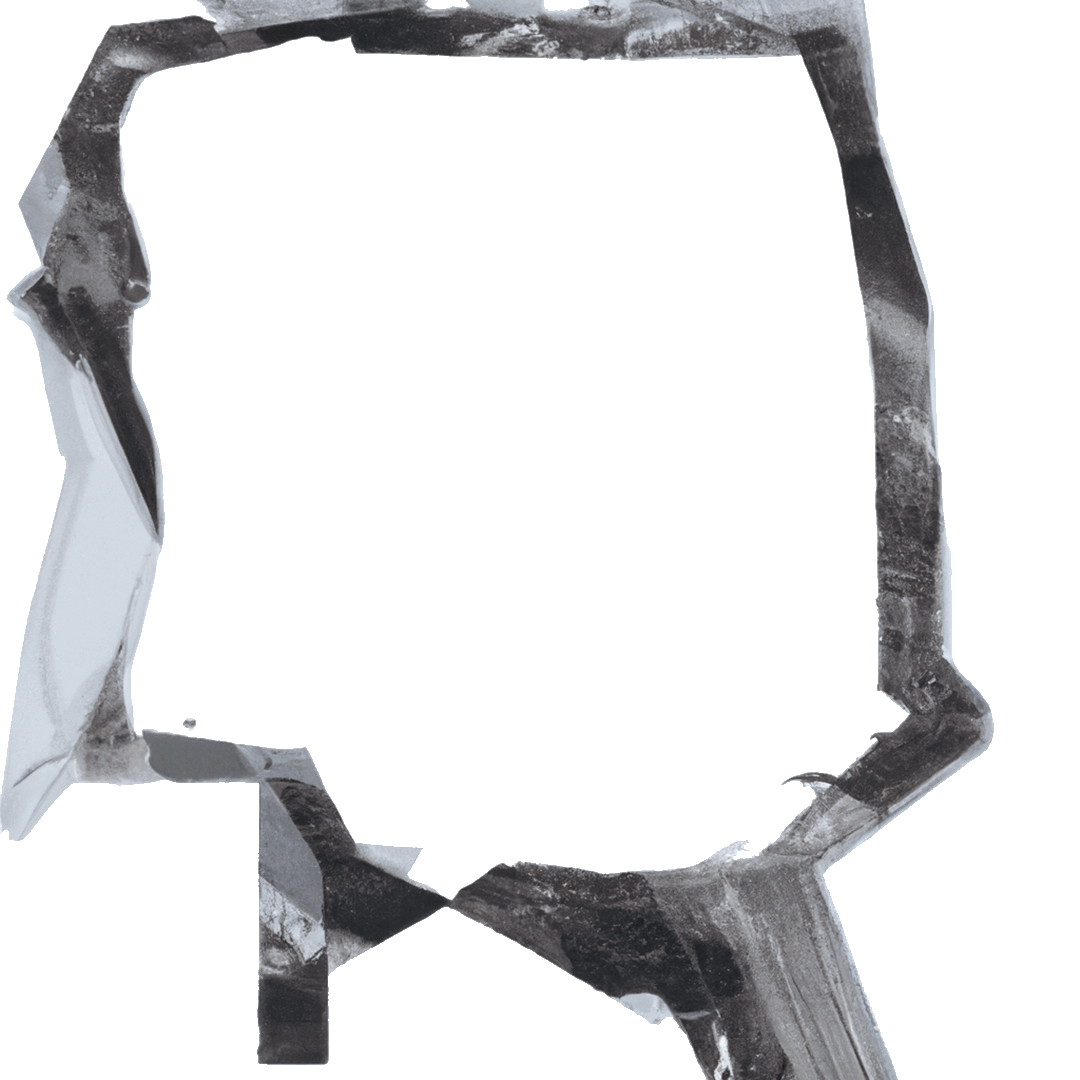
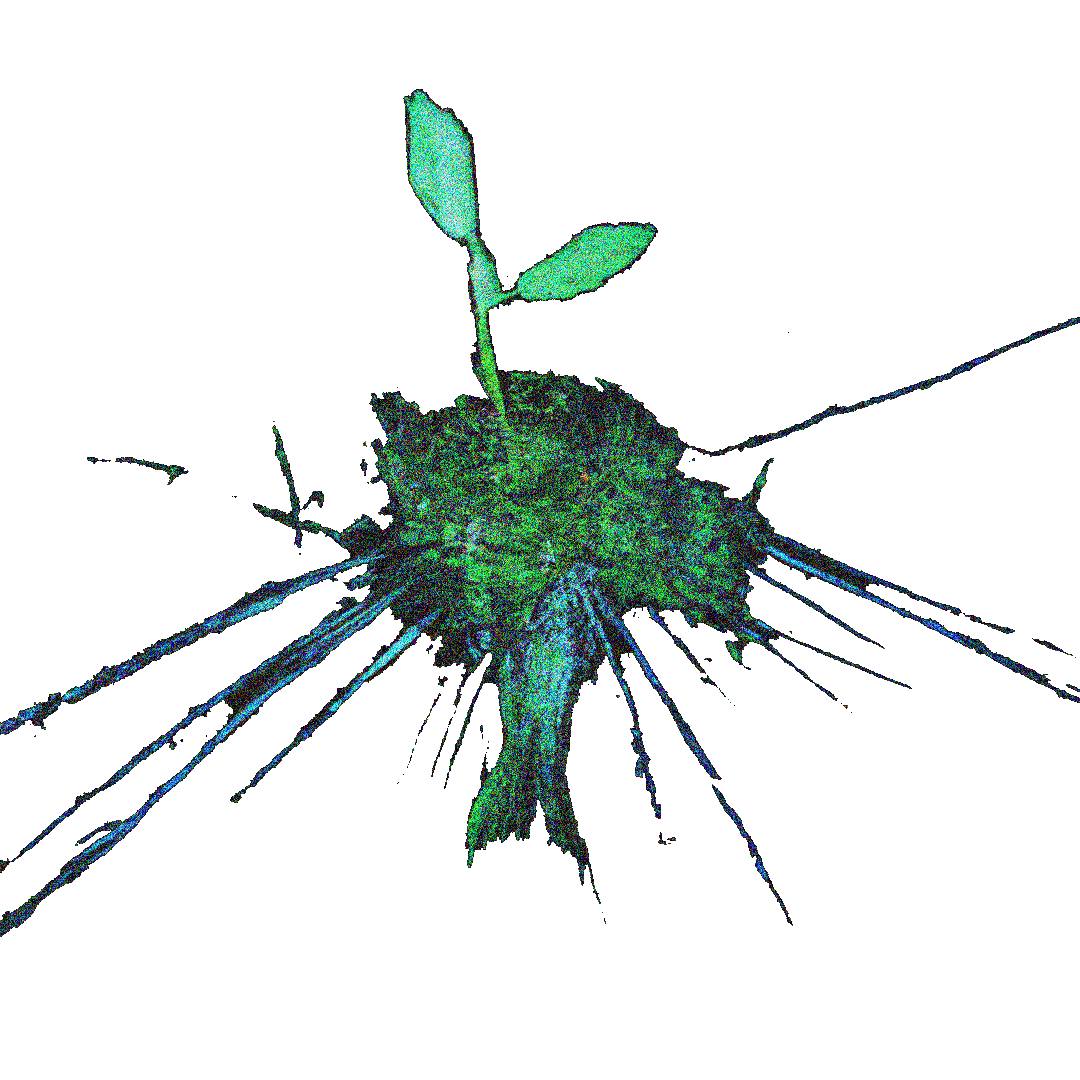
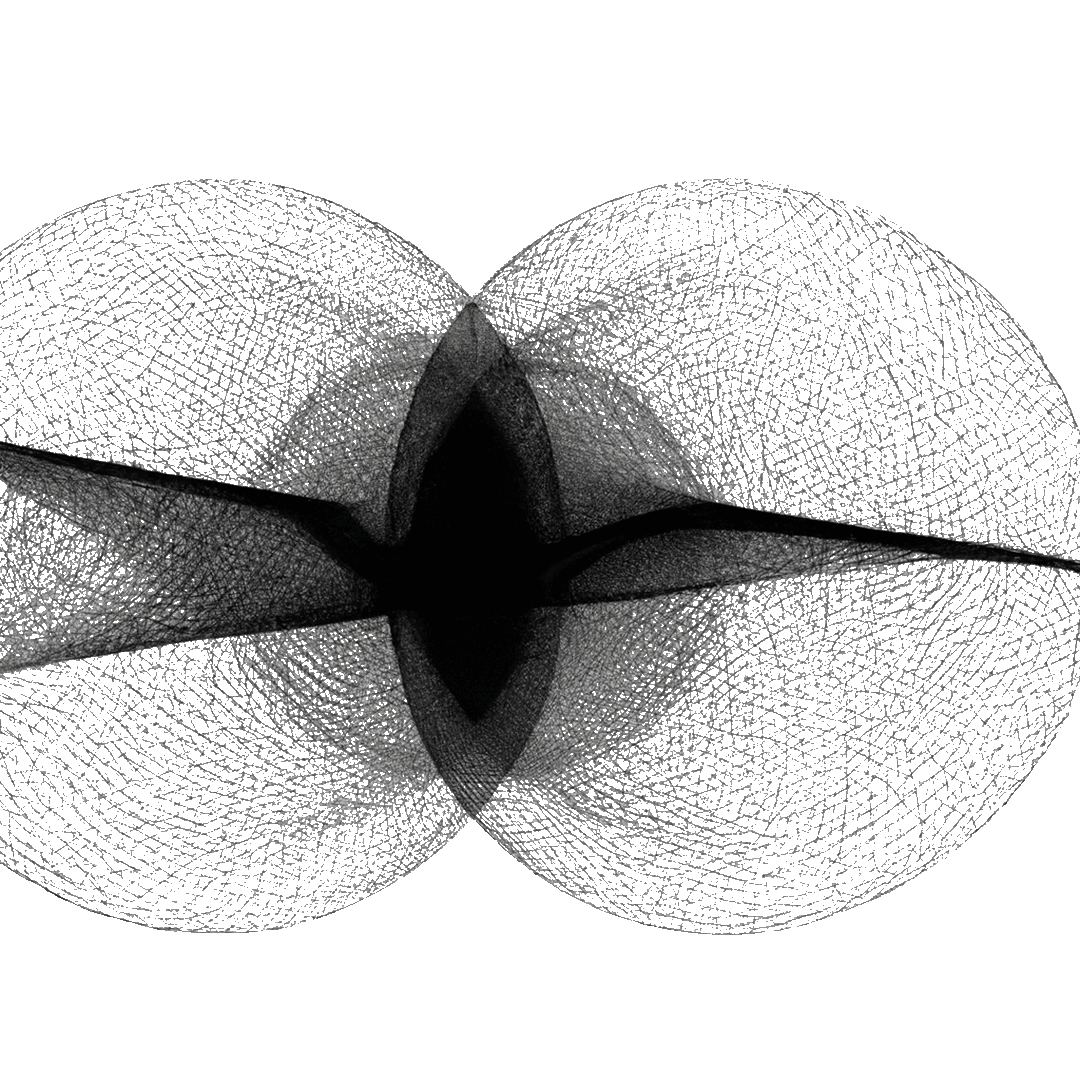


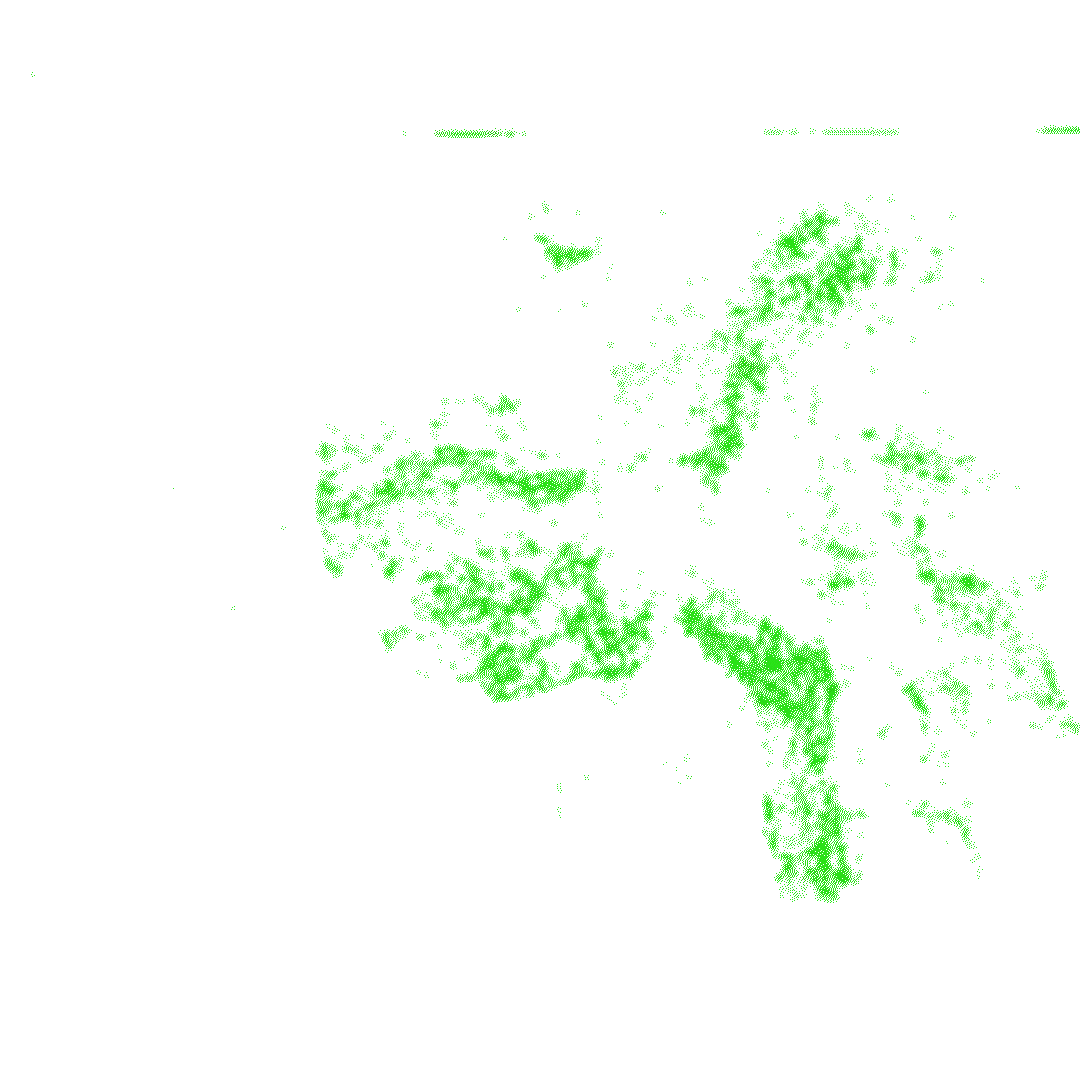
**house 01(under-way)

**house 02
(under-way)


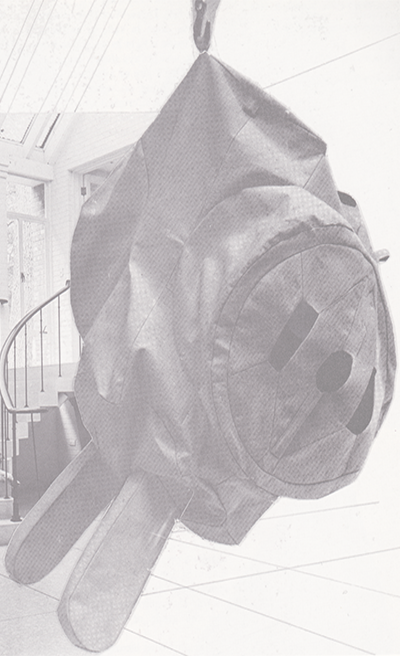
scale as a formal device
Oldenburg’s
soft sculpture were formative to Pop Art Movement, setting up a commentary on postwar consumerism. For Oldenburg, along with the soft materiality of the sculpture, scale is fundamentally taken as an asset to exaggerate everyday objects of banality stripped off from their domestic context and inverted into an unusual setting. In Oldenburg’s installation of 1970, spectators are first left puzzled by the uncanny presence of 581⁄2 x 383⁄4 x 291⁄2 inches, wooden Giant Three Way Plug hanging in the gallery space of Detroit Institute of Art. Several other versions of the same were made over the course of years with different materials. In relation to the sculpture and the context of its placement, Rudi H Fuchs asserts that “form is identified with object. The object itself is not surprising but its identification with form and scale is”.Scale intensifies the direct manifestation of latent formal language, not only of the identified object but also of the sculpture. However, the part-to-whole relations in making formal assessment remains same but scale subverts the domestic identity of plug as an object. ![]()

It disrupts completely the traditional dialectic between form and content. The concern for content is mediated by the concern for material identification in relation to the object as plug. In the visual field, however, the dialectic between form and content prevails even under any variation of scalar attributes. A change of size in object would only fabricate the false idea of depth between corresponding objects represented on a flat medium. Three-way plug is no longer the plug as a commodity object, but by exercising scale in the visual world, it is forced to reformulate relations; one identifying the object (sculpture) in relation to the human body and the other, of that of the object in relation to architecture. ![]()

Other installation of Giant Three-Way Plug placed on sloping lawn besides the Allen Memorial Art Museum,
Ellen Johnson in her article observes that, “the plug matches the Renaissance design in its combination of rectilinear and curvilinear elements and in its strict bilateral symmetry, which is, however, hidden, almost denied, by its partly submerged, dropped position.”
In its transformation, the plug’s relation to architecture or functional buildings can also be observed in Oldenburg’s sketches of 1967, English and Swedish extension plugs, “The English one becomes a crematorium and the Swedish one, because of its vaulted cross construction, a chapel.” ![]() Scale acts as a complete autonomous singularity, what matters here is not just the relative characteristics of scale but as scale as such. Scale in the visual world (real world) identifies itself with the Euclidean Geometry – mathematical, calculable, and hence very material. Oldenburg inverts this material characteristic of scale, as Nadja Rottner notes, “by resorting to abstraction, as well as intensifies the three-dimensionality of the real as he stages the drama of vision in objects that he rebuilds with altered physical appearances set in unconventional contexts with exaggerated qualities: very shiny, very large, very soft. Thus, we “feel” the body of the plug more affectively.” By scaling up a plug, Oldenburg unfolds the single perspectival viewpoint into a non-static, non-narrative, multi-focal theatre by letting the spectators actively and bodily engage with the object.
Scale acts as a complete autonomous singularity, what matters here is not just the relative characteristics of scale but as scale as such. Scale in the visual world (real world) identifies itself with the Euclidean Geometry – mathematical, calculable, and hence very material. Oldenburg inverts this material characteristic of scale, as Nadja Rottner notes, “by resorting to abstraction, as well as intensifies the three-dimensionality of the real as he stages the drama of vision in objects that he rebuilds with altered physical appearances set in unconventional contexts with exaggerated qualities: very shiny, very large, very soft. Thus, we “feel” the body of the plug more affectively.” By scaling up a plug, Oldenburg unfolds the single perspectival viewpoint into a non-static, non-narrative, multi-focal theatre by letting the spectators actively and bodily engage with the object. As referred earlier, to know the scale of an object, one must know the size of the corresponding object in its context or background. Size is a unit that can be measured objectively, however, the size of an object is dynamic in perception, but it remains static in the real. As psychologist Gibson establishes, “while size in the visual world remains the same, we experience the size of objects in the visual field as changing. At proximity an object appears larger, while at a distance it appears smaller.” This difference in scale of size is subjective and only exist in the visual field. By contrast scale is absolute, a fixed relation between objects in real world. It is this fundamental difference that Oldenburg uses to play with scalar attributes of size and volume in the visual world to bring them back in their subjective state (property of the visual field).

Reading scale in the visual field (images) entails considerable amount of attention to shapes. A “projected shape” as Gibson would term it, is different than the “depth shape” because of the two-dimensional representation medium. As Gibson argues on the real-world object, projected on a flat plane, he summarizes that the depth shape is “the shape which an object possesses in three dimensions and which is defined by its surfaces,” while the projected shape is which “an object possesses when projected on a plane. This is its shape as a silhouette, or the shape which is defined by the outlines or contour.” Playing with scale in images is like playing with projected shapes; changes recorded strictly by their unit sizes (length and height) with no physical attenuation to depth. While scaling up or down, the object falls devoid of its own material concern, however, the concern here is only of false depth as it is already implied in perception. It further causes contradictions in understanding the spatial logic as represented in an image and very soon fall under the realm of illusions. Scale here is strictly relative, always instigating analogical expressions. Scale as such does not exist in images and hence in the visual field.
On the other side playing with scale in the real world, disrupts the context or even bring incongruencies in everyday perception. ![]() Oldenburg produced a series of drawings in 1965, “Proposed Colossal Monuments,” with scaled up objects like a giant ice-cream bar, a spoon with cherry and a lipstick. The proposal presented in a form of two-dimensional drawings still indicate the play of scale in the real world by rendering depth and only implying. These objects disrupt the tradition viewing practices by abolishing normative figure-ground relations and instil a quality of defamiliarization. “A giant, melting ice cream bar wedged into a tall city block on New York’s Park Avenue (1965) is an obstacle both literally and figuratively—it impedes the flow of everyday traffic as well as the viewer’s continual perception of the visual world as a stable system of absolute scale.”
Oldenburg produced a series of drawings in 1965, “Proposed Colossal Monuments,” with scaled up objects like a giant ice-cream bar, a spoon with cherry and a lipstick. The proposal presented in a form of two-dimensional drawings still indicate the play of scale in the real world by rendering depth and only implying. These objects disrupt the tradition viewing practices by abolishing normative figure-ground relations and instil a quality of defamiliarization. “A giant, melting ice cream bar wedged into a tall city block on New York’s Park Avenue (1965) is an obstacle both literally and figuratively—it impedes the flow of everyday traffic as well as the viewer’s continual perception of the visual world as a stable system of absolute scale.”



<preface>Scale is relative. It is an implicit factor in perception, hence perplexing and mostly left unacknowledged. However, it does not only exist within the ‘visual world’ as
an absolute relation between objects (such as a car and a shoe) but its exists as well, in the ‘visual field’, which is the flat image recorded by the retina. James J. Gibson
in his examination The Perception of the Visual World (1950), sets out differences between “visual world” and the “visual field.” He argues, ”that the former refers to the real and the latter represents the pictorial appearance of it in the eye-brain
response of the viewer who creates a retinal picture as the result of physical stimuli of light, texture etc. “It is this foundational distinction that dominates a Westernculture of ocular visuality that separates the world-as-it-is (in its three dimensions) from the visual field-as-we-see-it (in its two dimension)”.
The purpose of this paper is to experiment on the characteristics of scale as something that breaches from the Visual World (the material property) into the Visual Field (perceptive faculty) and how does it resonates back and forth, almost theatrically between them; by taking into account Claes Oldenburg’s work and other architecture drawings and representations. I will also aim to determine scale as a property that affects the human body first and then the human subject, cognitively.
The purpose of this paper is to experiment on the characteristics of scale as something that breaches from the Visual World (the material property) into the Visual Field (perceptive faculty) and how does it resonates back and forth, almost theatrically between them; by taking into account Claes Oldenburg’s work and other architecture drawings and representations. I will also aim to determine scale as a property that affects the human body first and then the human subject, cognitively.
the visual world
the visual field
In Art and Architecture, scale is a study of proportions; a cognitive process of instigating part-to-whole relations when observing objects or buildings in three-dimension by involuntarily including in the human body as the fundamental
referencing start point. It is also read in contrast with other objects existing within
the context, non-existing-imaginary objects and objects perceived from experience or lived memory by bringing into consideration the parameters of volume and
extent. In this co-relation scale emerges as a material aggregation of mathematically calculative variables existing outside space and time, independent of the human subject in its real-world dynamics. Space time connotations are only activated with the intervention of body (something dimensional that exists in the
real world). Scale in real world affects the body first and then the human subject, however, these affects are cognitive in relation to the perception, thus, will be covered later in the Visual Field.
the visual field
As referred previously, Visual Field refers to a two dimensional image implicit in the human perception of the real, captured by the eye in the act of seeing. All modes of pictorial and digital representations are an imitation of the Visual Field as they function on the principles of projective vision.
The perspective is a projective technique of representing the three-dimensional world (the real) into a two-dimensional flat surface. The system inherently assumes one or more converging points; in the center (if one-point) and distributed (if two point), called the vanishing point/points. The early Greek knew it as a pictorial representation system. They developed technical means to suggest a sense of space by imitating human binocular vision with the use of forms, shadows, general foreshortening, a rough idea of linear perspective, and the use of colors. However, it was in the 14th century Florence when the perspective, as we know it, emerged. They developed devices to project geometry on a flat surface to create an accurate representation of space with a illusion of depth. Graphic art then shifted its focus to construct or represent the real as appeared achieving astonishing realism. This realism was still grounded in the Euclidean mandate (the Cartesian Grid) until the 20th century when modernist artist started representing new ways of seeing outside it. (multiple perspective and multi focal spatial system logic) The philosophical inquiry about perspective or the issue of realism around that time was how do one perceive the real so accurately. This inquiry was then rephrased in a question by the early 20th century Gestaltists, as Nadja notes “by asking how the world looks as it does in images and how the human eye-brain apparatus processes the real”. By establishing suitable scientific laws, they fueled their study in understanding the real through the human consciousness. The human experience, as per the psychological investigation is subdivided into fragmented and disconnected elements which are aligned in specific configurations and patterns. It dealt with concerns of human vision constructing the real through experience and sensory perceptions while also at the same time maintaining the insistence on the existence of real as real. Scale is implicit in human perception. Through the experience of identifying known objects, scale fabricates intermediate relations between them to imply false depth making spatial connotations.
The perspective is a projective technique of representing the three-dimensional world (the real) into a two-dimensional flat surface. The system inherently assumes one or more converging points; in the center (if one-point) and distributed (if two point), called the vanishing point/points. The early Greek knew it as a pictorial representation system. They developed technical means to suggest a sense of space by imitating human binocular vision with the use of forms, shadows, general foreshortening, a rough idea of linear perspective, and the use of colors. However, it was in the 14th century Florence when the perspective, as we know it, emerged. They developed devices to project geometry on a flat surface to create an accurate representation of space with a illusion of depth. Graphic art then shifted its focus to construct or represent the real as appeared achieving astonishing realism. This realism was still grounded in the Euclidean mandate (the Cartesian Grid) until the 20th century when modernist artist started representing new ways of seeing outside it. (multiple perspective and multi focal spatial system logic) The philosophical inquiry about perspective or the issue of realism around that time was how do one perceive the real so accurately. This inquiry was then rephrased in a question by the early 20th century Gestaltists, as Nadja notes “by asking how the world looks as it does in images and how the human eye-brain apparatus processes the real”. By establishing suitable scientific laws, they fueled their study in understanding the real through the human consciousness. The human experience, as per the psychological investigation is subdivided into fragmented and disconnected elements which are aligned in specific configurations and patterns. It dealt with concerns of human vision constructing the real through experience and sensory perceptions while also at the same time maintaining the insistence on the existence of real as real. Scale is implicit in human perception. Through the experience of identifying known objects, scale fabricates intermediate relations between them to imply false depth making spatial connotations.


